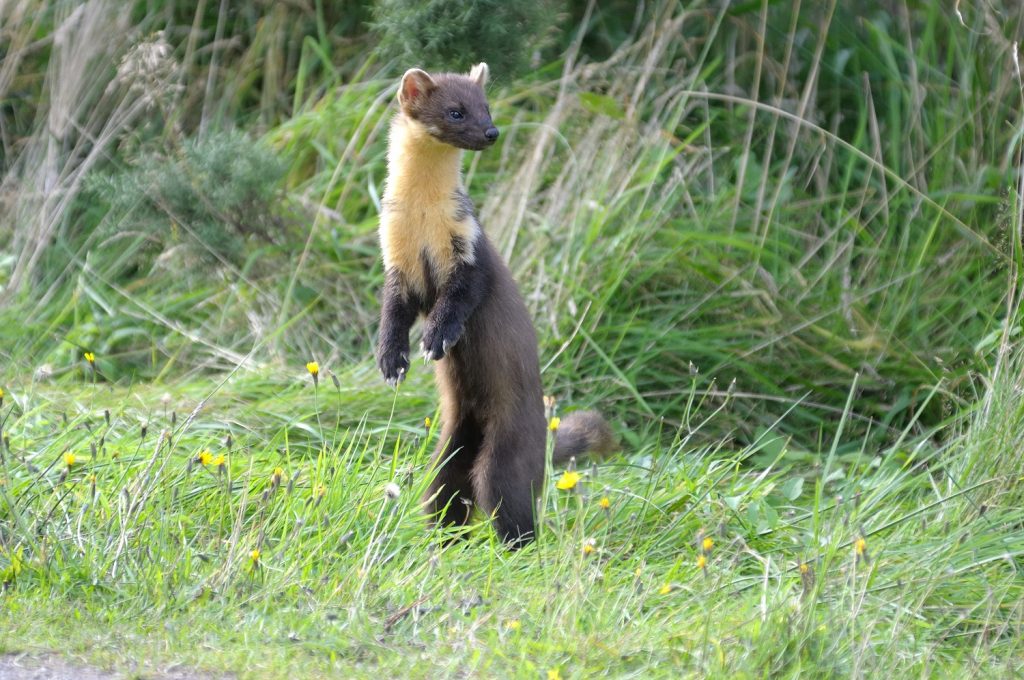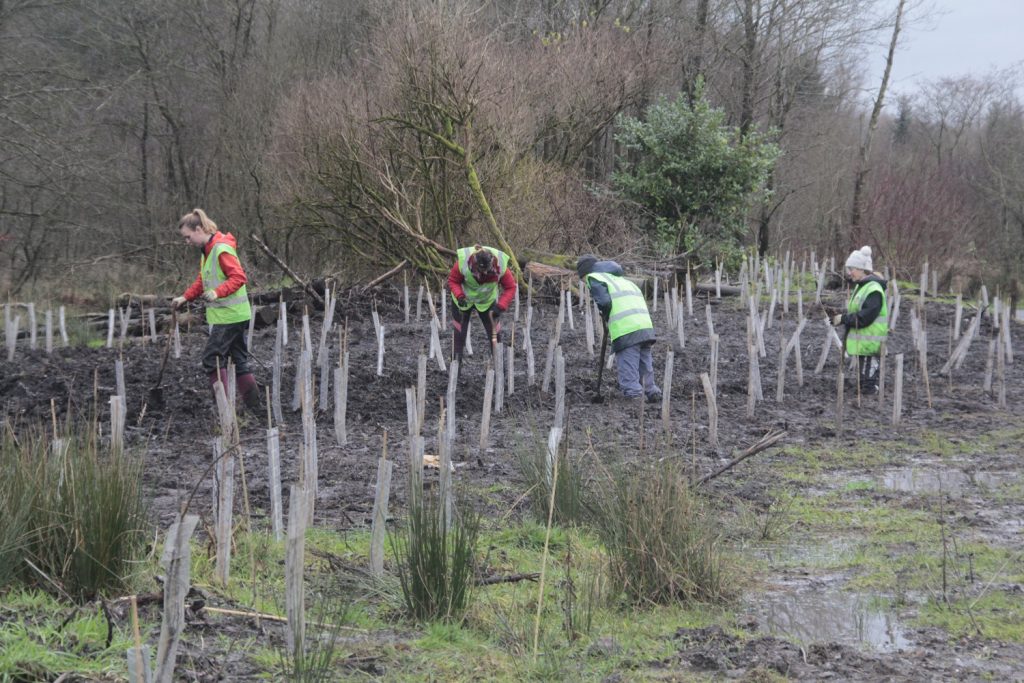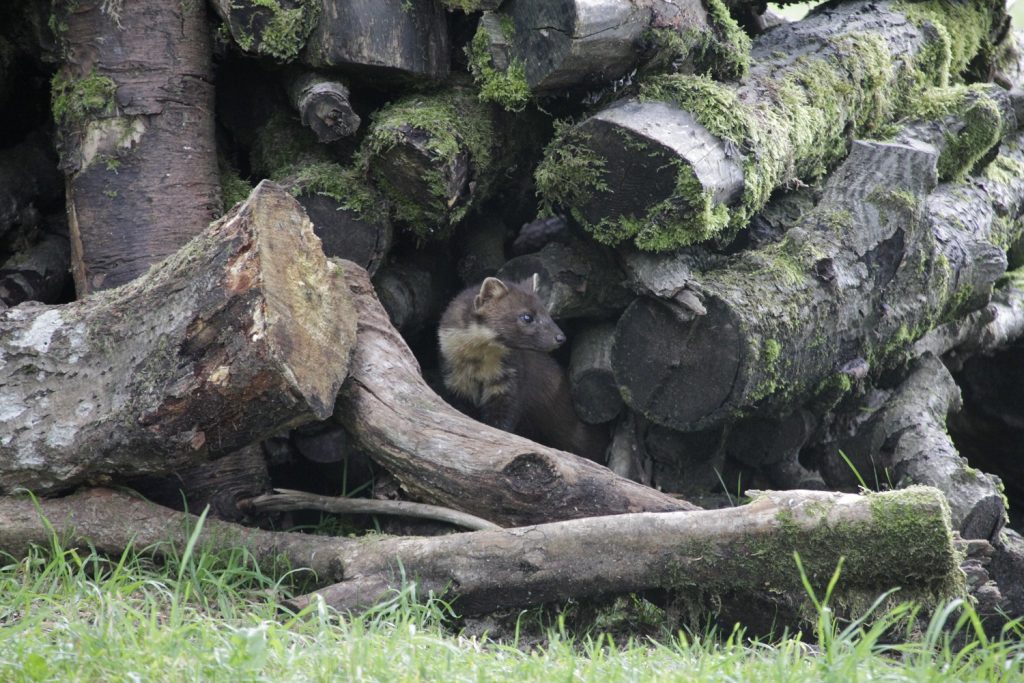A SCOTTISH landscape partnership has improved more than 2.6 million square metres of natural habitat – a move which may have helped pine martens and other previously threatened wildlife become re-established just a few miles from Glasgow.
In collaboration with local community groups, the partners of Cumbernauld Living Landscape (CLL) are in the process of habitat and access work at nine nature reserves within Cumbernauld – helping to improve biodiversity in the area.
While the project has been going on, species such as pine martens and red kites have started to re-appear in the area.
And with pine martens come more wildlife. Their existence could naturally reduce the population of grey squirrels, which can damage native trees and reduce woodland bird numbers, and even possibly paving the way for the endangered red squirrel to grow in numbers.
CLL works to improve accessibility to green spaces, to connect young people to nature and to share with people the health and wellbeing benefits the outdoors can bring. The Scottish Wildlife Trust, Cumbernauld Living Landscape’s lead partner, aim is to improve the environment for people and wildlife.
The group is just one of the inspirational community success stories featured in the Scottish Land Commission’s MyLand.Scot campaign – an initiative that aims to raise awareness of the role and benefits land can play in everyday life in Scotland.
Jennifer McNulty, Project Manager at Cumbernauld Living Landscape, said: “The team and I could not be happier with the results of the restoration project so far.
“It’s great that the people who live in and visit Cumbernauld have native Scottish wildlife on their doorstep.
“We’re helping to turn Cumbernauld into a green network for wildlife, a place where species can move around the town and beyond using the green corridors of woodland, wetlands and grasslands the project is developing.”
In addition to the restoration project – the CLL team have been running ‘Nature Ninja’ sessions with local volunteers – giving them the skills and knowledge they need to get involved with the land around them and maintain these vital habitats into the future.
Prior to starting the project, the partnership held a dedicated public consultation to ensure the community was engaged with activity on the land from the outset.
Hamish Trench, Chief Executive of the Scottish Land Commission, said: “The way we own and use land influences many parts of our everyday lives. From the price and availability of housing, access to greenspace, the effects of derelict sites in the heart of our communities, our ability to tackle climate action; to giving people the means and confidence to build businesses and communities.
“Through sharing stories of communities taking an interest in land across the country, MyLand.Scot aims to inspire people to take a look at the land around them and stir an interest to take action.
“Cumbernauld Living Landscape is an excellent example of how bringing the community together to take an active role in how the land is used can transform an area – and all in a sustainable, self-sufficient way. It is great to see how the project continues to provide a positive impact in the Cumbernauld area.
“Through MyLand.Scot, we want to raise awareness of the role and benefits land can play in everyday life in Scotland – to encourage people to get involved in conversations about land and take action in their local area.”
The Scottish Land Commission works to create a Scotland where everybody can benefit from the ownership and use of the nation’s land and buildings.
Launched in 2021, MyLand.Scot is an educational initiative designed to increase the Scottish public’s participation in land reform through a series of case studies, information pages and a brand-new podcast, The Lay of the Land.
For more information on MyLand.Scot visit: https://myland.scot/



